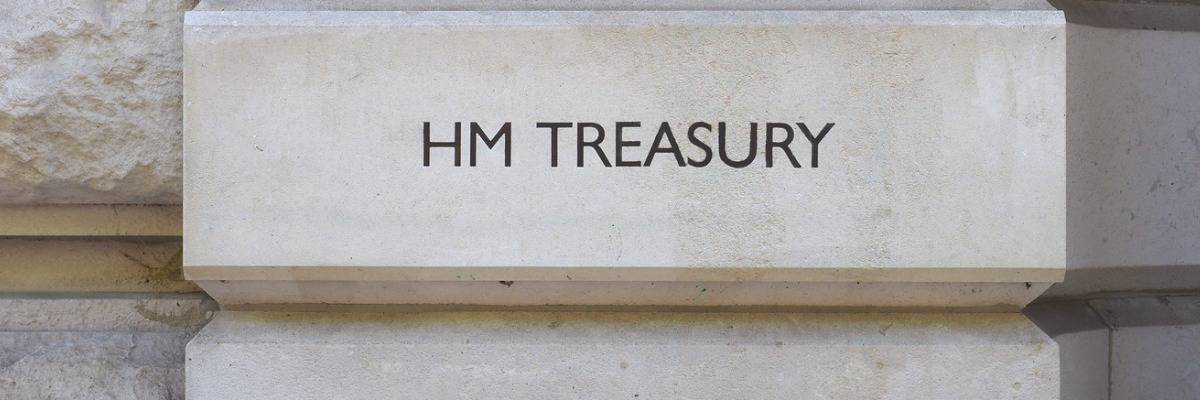
Managing CGT liabilities on your portfolio is as much about getting into good habits as complex planning. The first line of defence is using the £20,000 ISA annual allowance; that sounds obvious but often doesn’t happen. The ISA allowance can’t be carried forward and may well be all the CGT planning you need. You don’t necessarily need new money to fund the ISA – an annual transfer of £20,000 from a general investment account will take those funds outside both CGT and income tax. Best practice is to do this at the start of the tax year to maximise tax-free growth.
What to do once you have used your IWA allowance
Once your ISA is fully funded, most additional investments will be exposed to CGT. The next stage is to make a point of using your £12,300 CGT allowance. Each year gains from stocks can be sheltered with the allowance. Then you can reinvest at current values to increase your base cost. ‘Bed and breakfasting’ rules prevent you from achieving this if you sell and buy back the same stock within 30 days. So, if you don’t relish the time out of the market for that stock, it is possible to sell in your trading account and buy back in your ISA or SIPP. Alternatively, you can sell out of your portfolio and buy back in your spouse’s name or find another stock or fund with similar characteristics. You could achieve a tax-free disposal using your allowance but keep the commercial benefit of the investment.
If you’re investing outside an ISA, it’s important to get relief for any losses. Losses must be claimed so keep a record of them. Losses must first be used against gains in the same tax year and only the excess can be carried forward to set against future gains. You can’t just offset what you need to reduce gains to £12,300, so you need to know your loss position to work out what disposals to make. On the other hand, if you’re using losses from earlier years, you can usually preserve the annual exemption by offsetting just what you need.
Use your family to save tax
Using the family can also help mitigate CGT. If your spouse doesn’t use their CGT allowance in the tax year, it’s lost, so one approach is to own portfolios in joint names to ensure maximum use of allowances. Also, when planning disposals, asset transfers between spouses are tax neutral, so no gain or loss arises at the point of transfer. When the asset is subsequently sold, the receiving spouse can offset their annual exemption. The spouse transfer should be an outright gift of the asset and made as far in advance as possible to stop HMRC arguing that the receiving spouse never actually took ownership of it.
If, ultimately, you do have to pay CGT on your investment gains, be aware that CGT is levied at two rates, 10% and 20% (although there are higher rates for residential property gains). The 10% rate only applies to the extent that you have basic rate tax band capacity. So, if your taxable income (after your personal allowance) plus your taxable gains (after the CGT allowance) are below the basic rate band (£37,700 for 2021/22) then your gains are taxed at the lower rate. If your income is near the threshold, making a pension contribution can reduce your taxable income so that some or all of the gain falls within the basic rate band and gets taxed at 10%.
A final tip is to remember that gains only count for CGT purposes when you make a disposal, so by pushing your disposal into the next tax year you can defer the point when you must pay HMRC.
Further reading:
Pension contributions – tax relief and how to get it
Important information:
Investments can go up and down in value and you may not get back the full amount originally invested. Tax laws are subject to change and taxation will vary depending on individual circumstances. If you have any concerns, please seek specialist tax advice.
